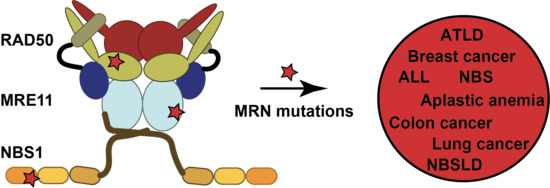
The analysis showed that the task enabled students to engage in reasoning concerning both the observations and the sub-micro-level models, and how they relate to each other. Data was analysed using a thematic content analysis with a deductive approach aimed at identifying the aspects of chemistry content that are being reasoned. The students’ work of producing a phenomenon in the laboratory and creating an animation was recorded (audio–video) to capture students’ verbal and non-verbal interactions and use of resources. In this paper, we explore the approach of letting students create their own stop-motion animation as a means to explain observations during practical work. This paper emerges from a growing number of studies showing that learning is supported when students are set to cooperatively create their own multimodal representations of science phenomena. Consequently, there is a strong call for new teaching activities to address these issues. However, research shows that students have difficulties discerning and comprehending the meaning of the sub-micro level and its models, and that practical work in its traditional form fails to help students to discern the relation between observations and models.

A central aspect of learning chemistry is learning to relate observations of phenomena to models of the sub-microscopic level of matter, and hence being able to explain the observable phenomena.


 0 kommentar(er)
0 kommentar(er)
